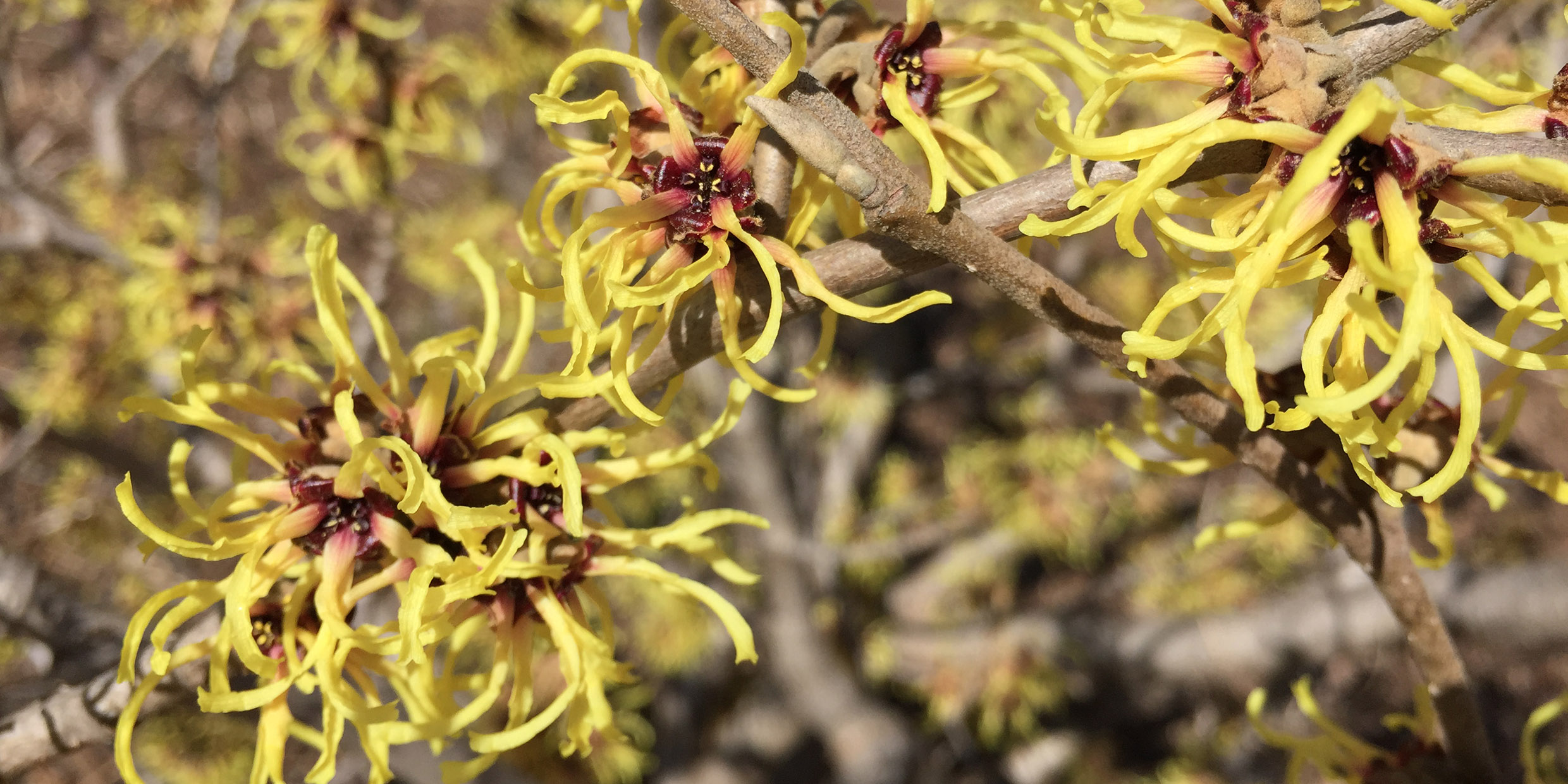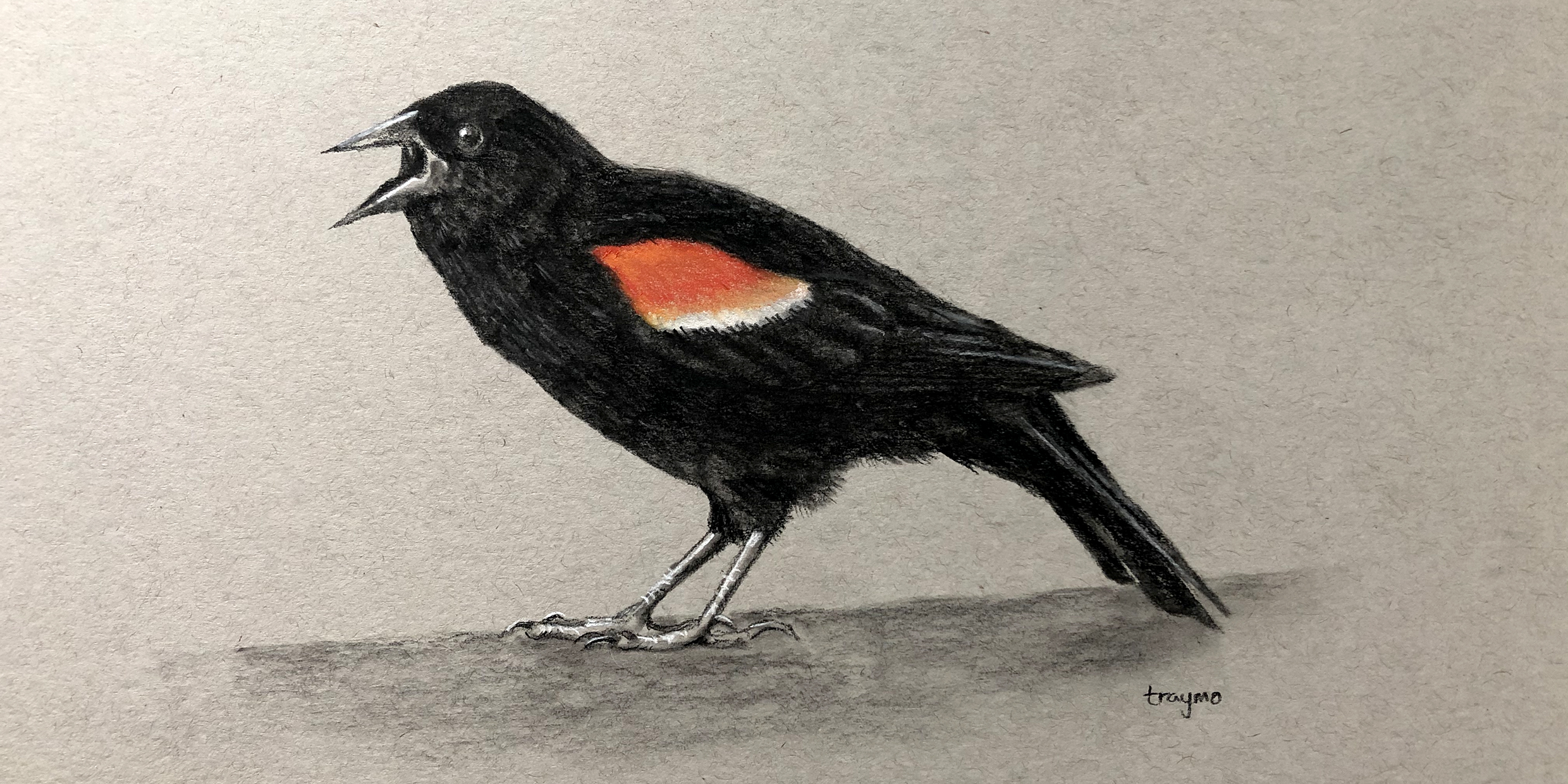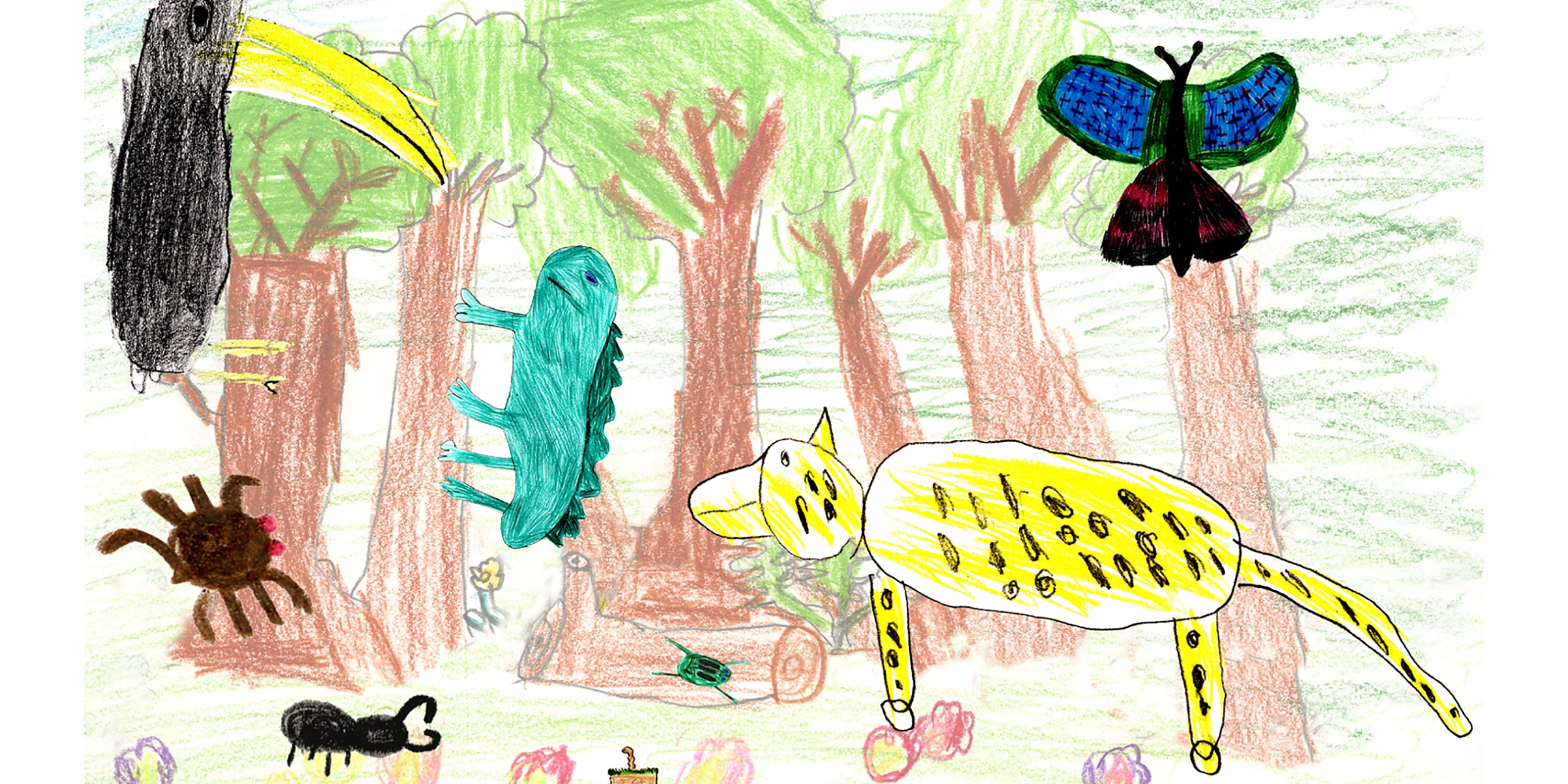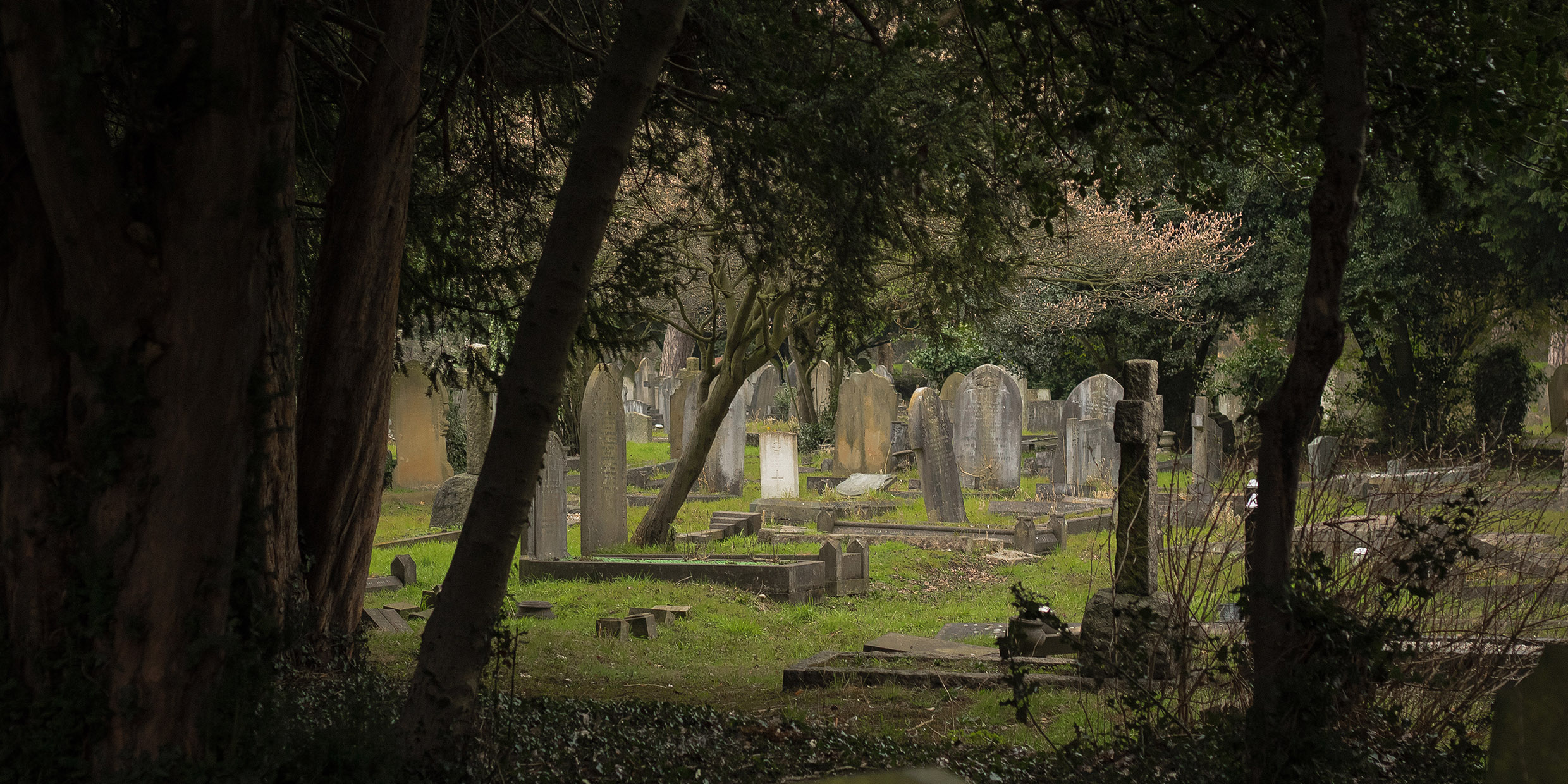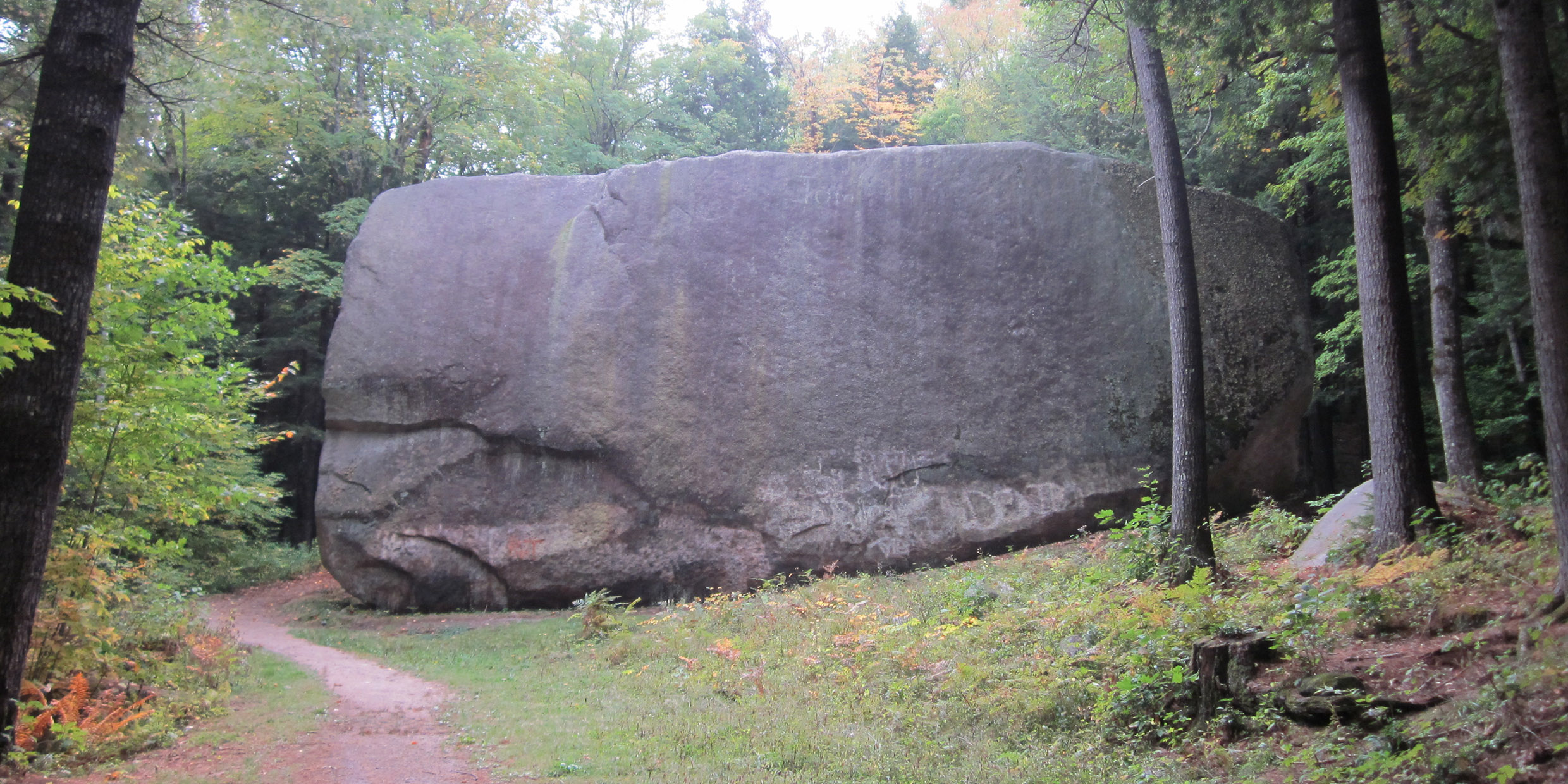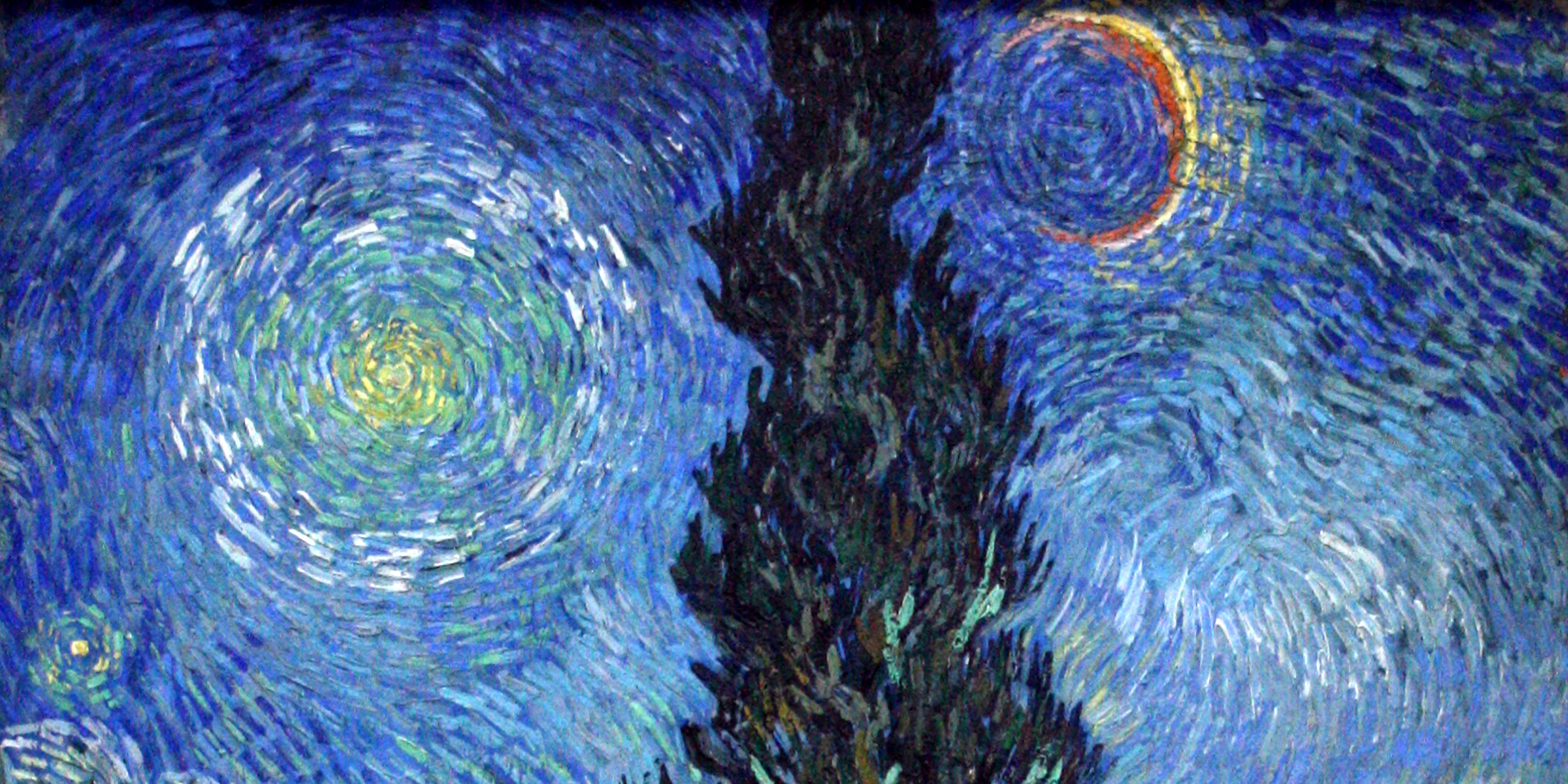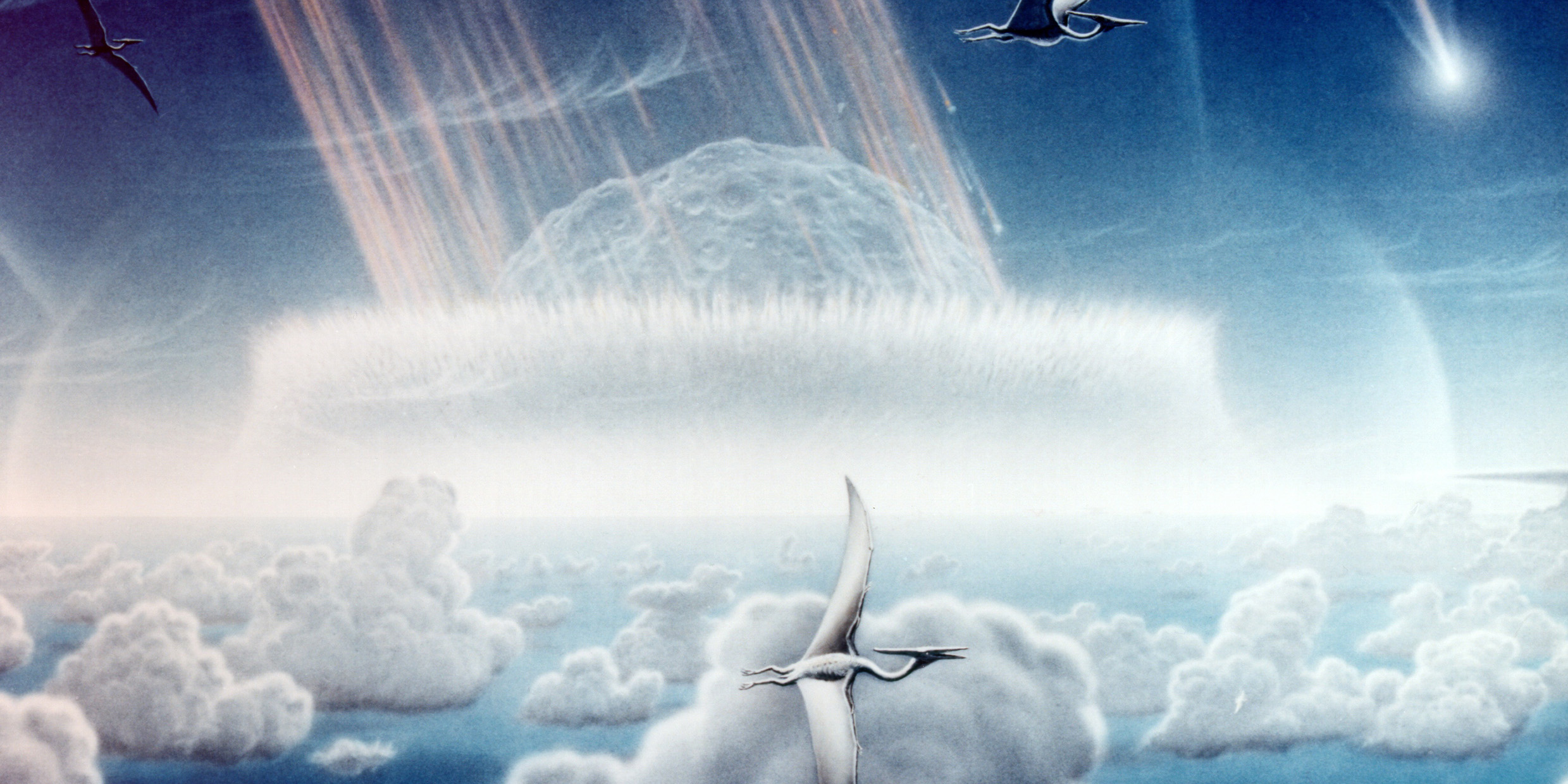The C‑word is back. “Creation,” long taboo, tainted with the odor of mysticism, a pariah concept that dared not speak its name, is back in the vocabulary of science.
Articles from February 2020
A tree for middle-age
While walking with several students on my college campus I saw at the woods’ edge a spray of gold against a grey November sky. It was the witch hazel, that most untypical tree, bursting riotously into bloom when everything else is closing down.
Going by the clock
Sometime within the next week and a half the red-winged blackbirds will return to Eastern Massachusetts. In my town, the earliest of the spring migrants will arrive on the 26th of February, give or take a few days. Not even an abnormally warm winter will disrupt their schedule.
Nature’s lessons
Several recent surveys suggest that America is a nation of science illiterates.
But would we really want to live forever?
Why do we die? I’m not talking about death by accident, murder, war, or disease, but the inevitable senescence that comes to us all, the catastrophic decline into old age and death that no amount of care, wealth, or connivance can delay. A lucky mayfly might survive for as long as four weeks, a turtle can live for 150 years, and a human being for a century — but when your number comes, the time is up.
Rambling rocks
On December 21, 1620, the Pilgrims alighted from the Mayflower at Plymouth, and according to tradition made their landfall on a rock that has become enshrined in American folklore. Plymouth Rock, like the Pilgrims themselves, was a traveler to the Massachusetts shore, a boulder plucked up by moving ice at a location far to the north and dropped at the place where the Pilgrims found it.
Breaking barriers
Among the barriers to equality faced by women in science is the deeply entrenched notion that women are subjective, personal, and emotional, whereas men — like science — are objective, impersonal, and rational.
Van Gogh’s night
In [a 1988] issue of Sky & Telescope magazine, astronomers Donald Olson and Russell Doescher turn their attention from the real sky to a sky painted by the 19th century Dutch artist Vincent van Gogh. The painting, “Road with Cypress and Star,” shows three celestial objects — a crescent moon, a bright star, and a less bright star near the horizon. The astronomers asked themselves: Is the sky in the painting the product of the artist’s imagination, or was it inspired by an actual configuration of celestial objects?
Bach on the wing
If someone tells you the age of miracles is past, don’t believe it.
Apocalypse now?
I heard on the radio the other day that a “rocket scientist” had predicted — with the aid of mathematical equations and biblical references — the imminent end of the world.

